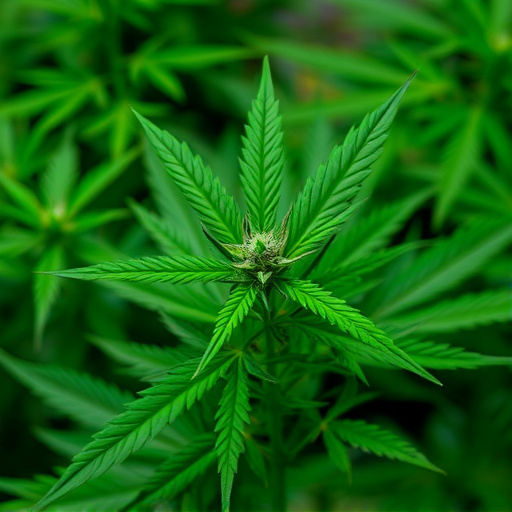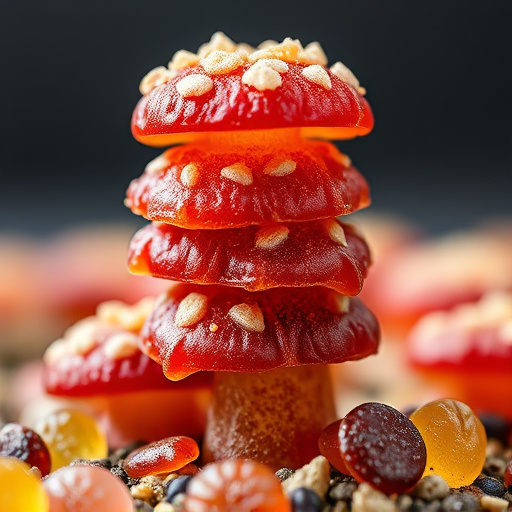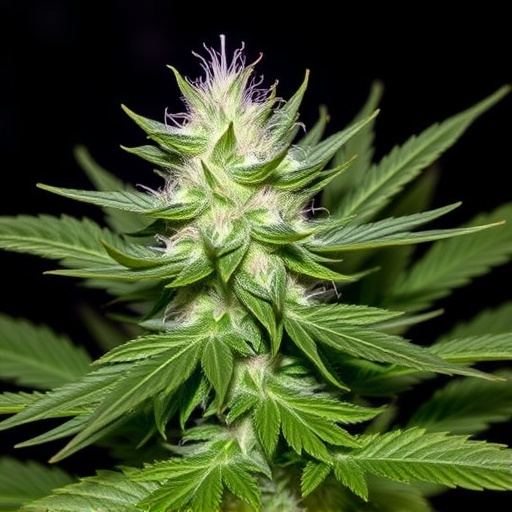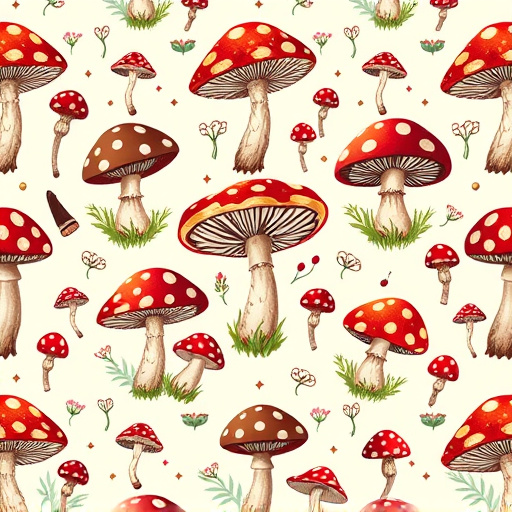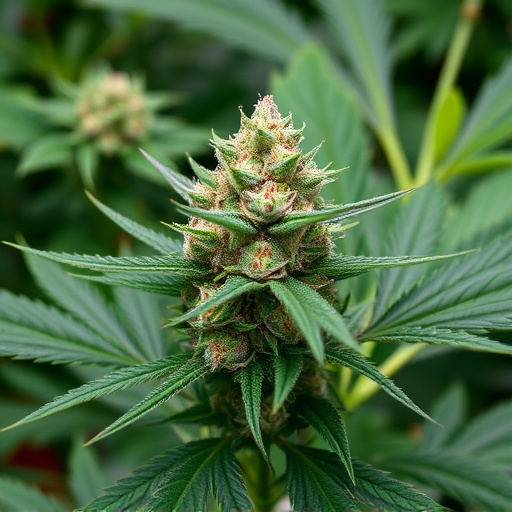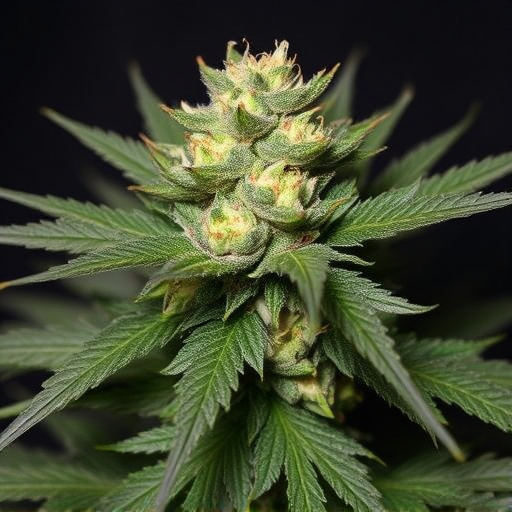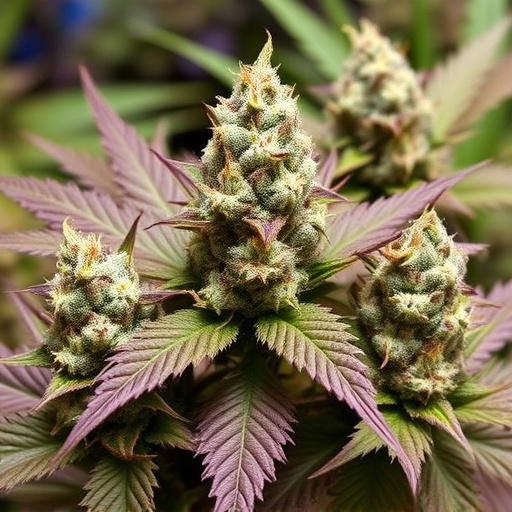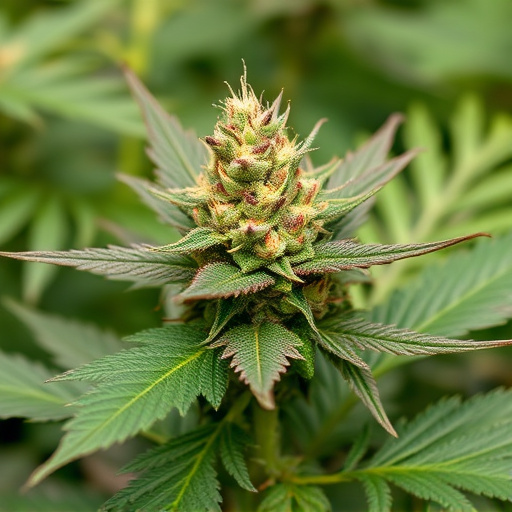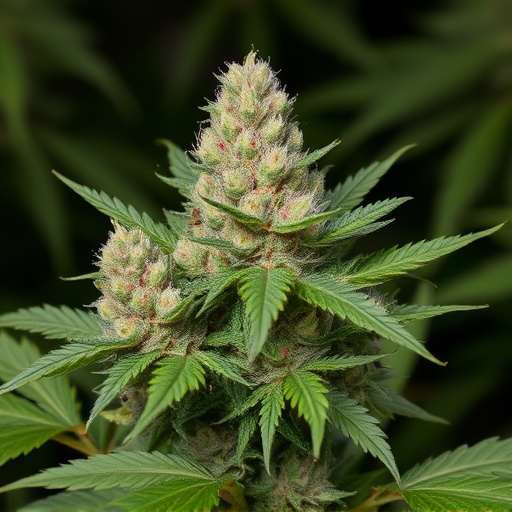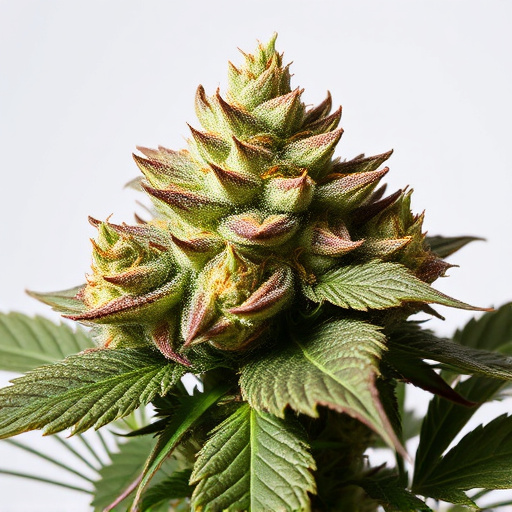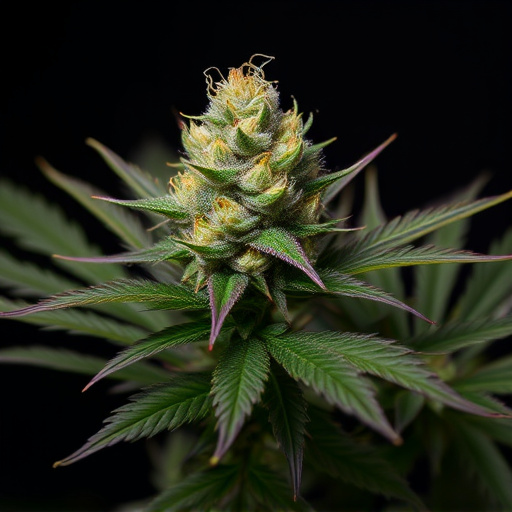Cannabis curing, an ancient art refined by modern growers, is a critical step in enhancing the flavor, aroma, and potency of hybrid weed strains. By meticulously controlling temperature and humidity during curing, growers activate terpenes and balance cannabinoids like THC and CBD. This process significantly impacts the unique characteristics and therapeutic benefits of hybrid cannabis strains, making them more desirable to users. Understanding curing is essential for appreciating the art of cultivation and achieving consistent, high-quality results.
“Uncover the secrets behind cannabis curing and its surprising impact on flower potency. This comprehensive guide explores how the process enhances terpene production, a key factor in cannabis’ unique flavors and effects. We delve into the science behind curing and its influence on various hybrid weed strains, providing insights that every enthusiast should know. Discover why curing isn’t just about aging—it’s a critical step in unlocking the full potential of your cannabis.”
- Understanding Cannabis Curing and Its Impact on Potency
- The Science Behind Terpene Production during Curing
- Exploring the Effects of Curing on Different Hybrid Weed Strains
Understanding Cannabis Curing and Its Impact on Potency
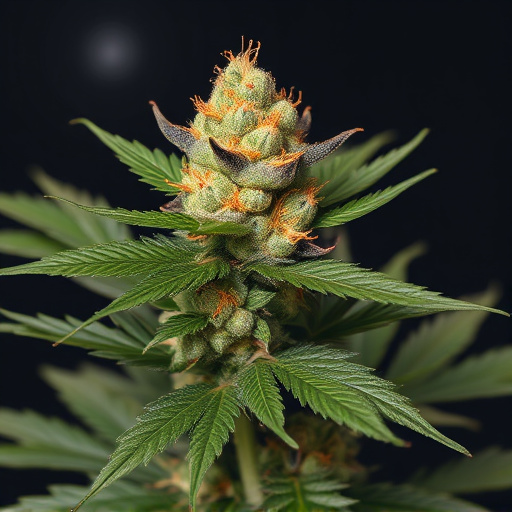
Cannabis curing is a process that involves slowly drying and storing harvested cannabis flowers to optimize their flavor, aroma, and potency. This meticulous art has been practiced for centuries, with modern growers meticulously controlling temperature and humidity levels to achieve the desired effects. The impact of curing on potency is significant, particularly when considering hybrid weed strains. During the curing period, resins and terpenes—compounds responsible for cannabis’s unique attributes—evaporate and re-deposit in the flower, enhancing their concentration and altering the overall chemical profile.
For hybrid strains, known for their complex genetic makeup and diverse effects, proper curing can intensify both the therapeutic benefits and recreational experiences. Curing allows growers to fine-tune the final product, ensuring a more balanced blend of cannabinoids like THC and CBD, as well as a rich array of terpenes that contribute to the plant’s distinct scent and potential medicinal properties. Understanding this process is key to appreciating the art of cannabis cultivation and its influence on the potency and desirability of hybrid weed strains.
The Science Behind Terpene Production during Curing
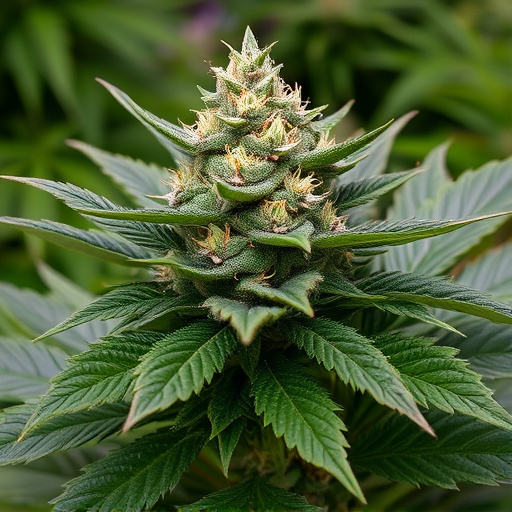
The process of curing, an essential step in cannabis cultivation, triggers a fascinating transformation in the plant’s chemical composition, particularly in its terpenes. Terpenes, known for their aromatic properties, play a crucial role in the overall experience and effects of cannabis, contributing to the distinct flavors and potential therapeutic benefits associated with hybrid weed strains. During curing, as the cannabis flowers age, the plant’s natural defense mechanisms kick in, leading to the production of specific terpenes that were initially latent.
This scientific phenomenon is driven by the gradual dehydration and hardening of the cannabis buds. As water content decreases, certain enzymes become activated, catalyzing chemical reactions that result in terpene synthesis. The curing process, therefore, acts as a catalyst, enhancing the natural terpene profile within each bud. The diverse range of terpenes, from myrcene to limonene, adds complexity to the aroma and flavor palette of hybrid weed strains, making each cultivar unique and offering consumers a variety of experiences tailored to their preferences.
Exploring the Effects of Curing on Different Hybrid Weed Strains
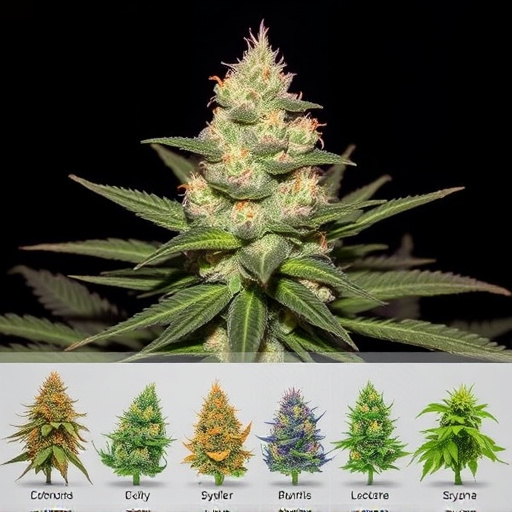
Curing is a crucial step in cannabis cultivation that significantly impacts the final product’s potency and overall quality. While many growers focus on specific curing methods for various strains, understanding how this process affects hybrid weed strains is particularly intriguing. Hybridization involves cross-breeding two distinct cannabis plants to create unique combinations of traits, and each strain possesses its own characteristics that can influence curing results.
When exploring the effects of curing on hybrid weed strains, growers observe varied outcomes. Some hybrids may exhibit enhanced potency after a well-controlled curing period, showcasing increased THC levels and improved flavor profiles. Conversely, certain strains might experience a slight decrease in potency if not cured properly, leading to a less potent final product. The key lies in the specific genetic makeup of each hybrid, as some strains naturally lend themselves better to curing processes, resulting in more consistent and desirable effects for consumers.
In conclusion, curing cannabis flowers plays a significant role in enhancing their potency and overall quality. The process encourages the production of terpenes, contributing to the plant’s unique aroma and potential therapeutic benefits. As demonstrated with various hybrid weed strains, proper curing can intensify desired effects, making it an essential step for cultivators. Understanding this art allows for the optimization of cannabis production, ensuring consumers receive a superior product.

